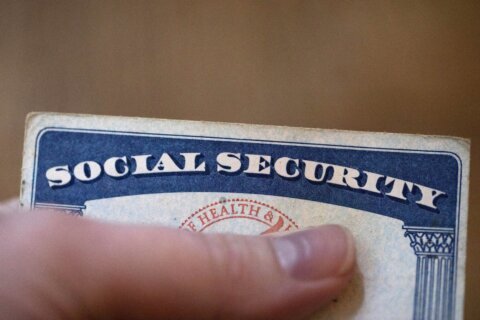For most of us, the idea of being scammed while visiting different ports of call is the last thing to cross our minds. But the truth is cruise passengers are often at high risk of being targeted by scammers. For starters, many cruise passengers are in and out of a bustling port in a single day, meaning that the scammer is at low risk of ever seeing the victim again should he be caught in the act. And as ships become larger and larger, more cruise passengers flood ports of call, making it easy for lawbreakers to find an unwitting target to dupe. Fortunately, being aware of some of the most common scams and pitfalls and making a few smart decisions before leaving the ship can help reduce your chances of becoming a victim. Use these tips to ensure you enjoy your time in port without being taken advantage of.
[See: 10 Things You Shouldn’t Do on a Cruise.]
Always Carry Cash in Port and Avoid Using Credit Cards
It might seem counterintuitive to use cash for all purchases in port. After all, cash is easily swiped from open purses or by potential pickpockets. However, using your credit or debit card in port actually exposes you to more risk. While many people think of credit card skimming (the process of copying your credit card information illegally by swiping it in a special machine) as a problem only in highly developed countries, it’s common worldwide. Any time your card is outside of your possession, you run the risk of it being skimmed. Plus, using a card puts you at risk of another scam, whereby a shopkeeper will scan your card for a purchase, tell you the purchase wasn’t completed and ask for cash instead to pay double upon the agreed upon price.
Instead, leave your credit cards tucked away in your cruise cabin and use cash for souvenir and meal purchases. If you’re planning to cruise the Caribbean, keep in mind many businesses in top ports of calls accept U.S. dollars.
Take Only What You Need
If you are planning to make only cash purchases, do not carry all your money with you. Instead, determine approximately how much you will likely need for your day in port and only carry that amount. The risk with bringing more than what you need is that it puts you at a greater threat of pickpockets, as well as potential scammers who see people with large billfolds as a target. Just as you shouldn’t wear fancy jewelry, you shouldn’t flash around cash when you pay for entertainment, meals or souvenirs.
[See: The Best Cruise Lines of 2017.]
Leave Your Passport on the Ship
Think the most valuable thing you’ll carry is your wallet or purse? Think again. Thieves and scammers would most love to get their hands on your passport, especially U.S passports. That’s why you should never carry your passport with you into port. Leave it on the ship in your cabin safe. If you don’t like traveling in a foreign port without some sort of identification, you can make a copy of the front page of your passport and carry that with you. It’s a much safer way to carry your passport information without putting the actual document at risk.
Always Verify Taxi Rates Before Entering a Car
These days, the most popular cruise ports have official taxi rates posted near the taxi stands near cruise ships to prevent cab drivers from overcharging tourists. Still, you should always verify the destination and rate with the cab driver before you enter a taxi, even if there is a posted price already. Also be sure to verify whether this rate is per person or the total amount when traveling with a group. It’s a common scheme for scammers to tell tourists one price and then claim that rate was “per person” when it comes time to pay.
Watch Out for Shortchanging
Another common scam among cruisers is getting shortchanged, especially if using an unfamiliar local currency. The premise is simple — a tourist pays for an item with cash and the shopkeeper gives them back bills for change amounting to only a portion of what you’re entitled to. This can also happen when you pay in U.S. dollars, but are given change in the local currency.
[See: 10 Outrageous Fees Every Traveler Should Know About.]
Also be mindful of paying for an item using one note like a $20 bill and receiving back too little change from a scammer. When you bring this to a scam artist’s attention, he may claim that you gave them a much smaller denomination, waving a smaller bill as proof. These common scams illustrate why you should always stay vigilant when buying items in port. Don’t be afraid to count your change in front of the register so that you can raise an issue if it’s incorrect. Also, don’t be distracted while handing over payment. Make a mental note of what bill you are using to pay. This way, you won’t have any question of how much change you should receive.
Above all, the best way to avoid being scammed in port is to use common sense and don’t let your guard down just because you’re on vacation.
More from U.S. News
Cruise Planning 101: Steps to Smoother Sailing
Splurge or Save? Which Cruise Add-Ons are Worth the Price?
The Noncruiser’s Guide to Choosing a Cruise
How to Avoid Being Scammed in Ports of Call originally appeared on usnews.com







